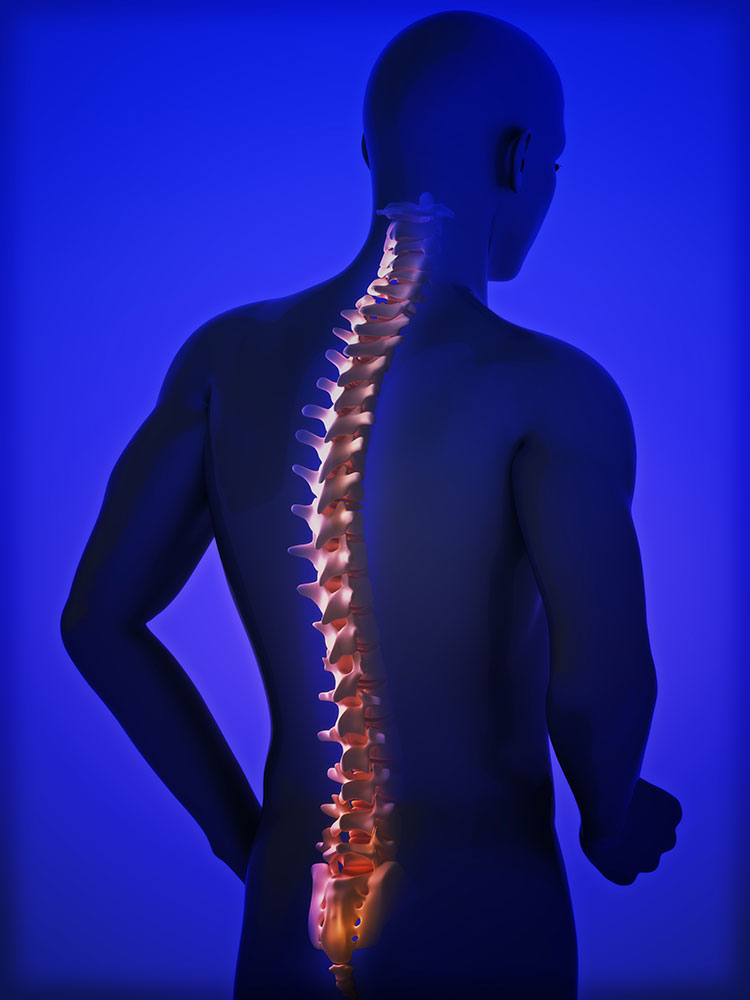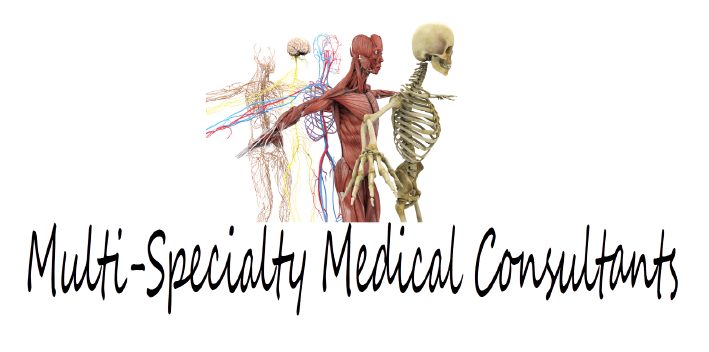Spinal Instability Testing
Spinal instability is an umbrella term for a spine injury or degenerative changes in the spine that results in abnormal movement, structural changes, and abnormal load transfer within the spinal structure. If any one of the following three subsystems that compose the spine suffers damage, instability can develop:
- The Active Subsystem – The muscles and tendons that allow for movement within the spine.
- The Passive Subsystem – This includes the ligaments, vertebra, intervertebral discs, and facet joints responsible for support and stabilization.
- The Neural Subsystem – This subsystem includes the central nervous system and nerves responsible for the amount of motion within the spine.
When one or more of these spinal subsystems are damaged or injured, it can result in excessive motion within the spine. Other structures in the spine are forced to overcompensate and bear an abnormal load, causing pain, various symptoms, structural issues, and an inability of the spine to move normally.

Spinal Instability Symptoms
Displacement and abnormal movement of spinal structures can result in stiffness, lower back pain, muscle spasms, and feeling like the back is shifting or “giving way” when moving. The pain may get worse when performing activities that put pressure on the spine, such as bending or twisting and lifting heavy objects. Moreover, irritation and compression of nearby nerve roots of the spinal cord may be caused by displacement of spinal discs and vertebrae. Sciatica is a condition that develops due to compressed lumbar spine nerves. Sciatica is characterized by sharp, burning pain that radiates through one side of the body, beginning in the lower back and running down the buttock, back of the entire leg, and foot. It can also cause tingling, numbness, and weakness throughout the same pathway. Standing or sitting for long periods, coughing, sneezing, or laughing can trigger or worsen symptoms of sciatica.
